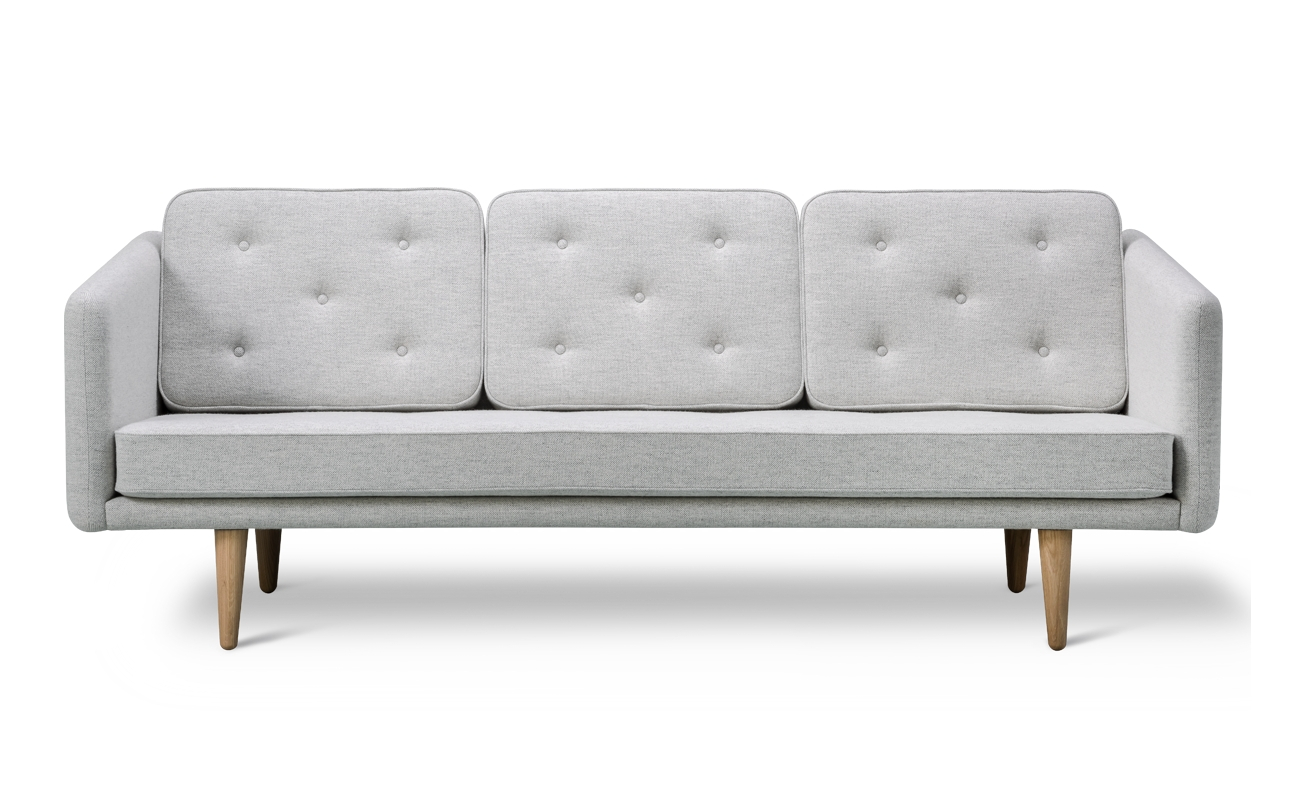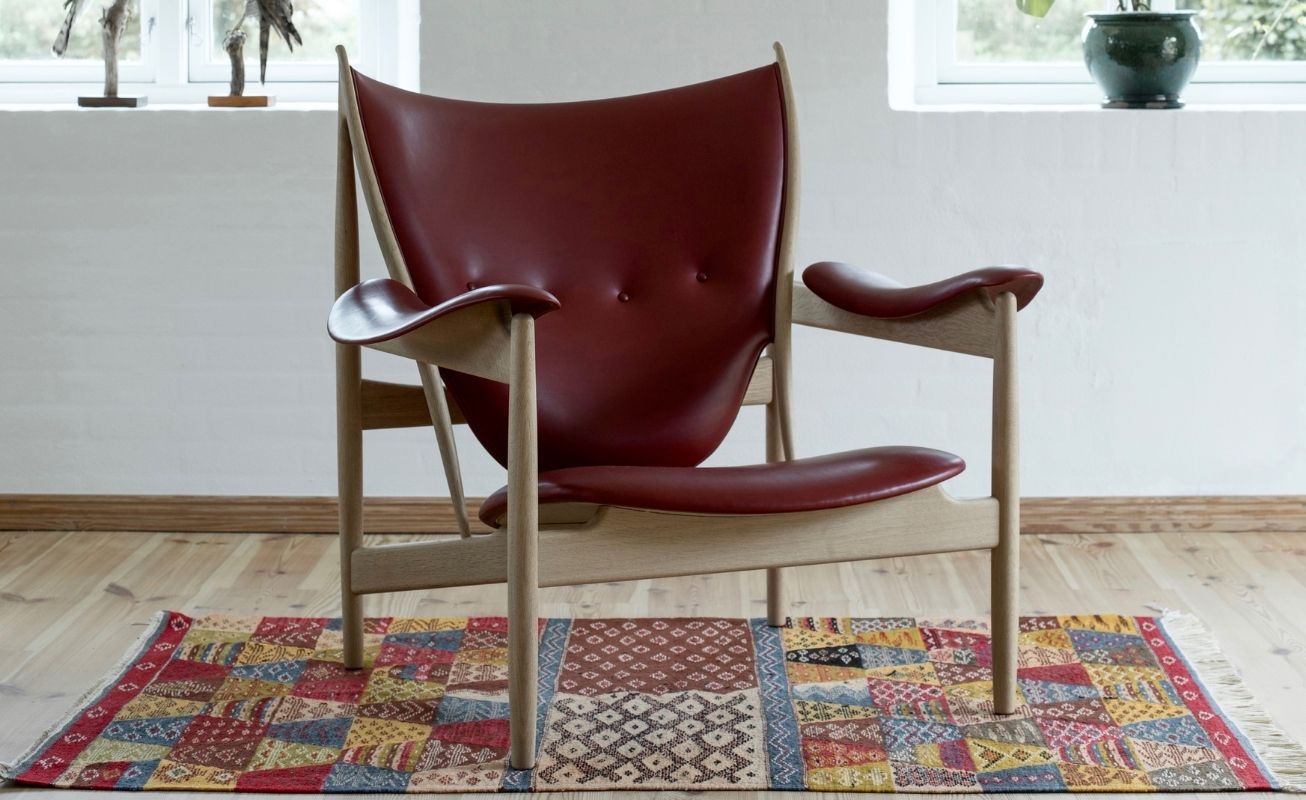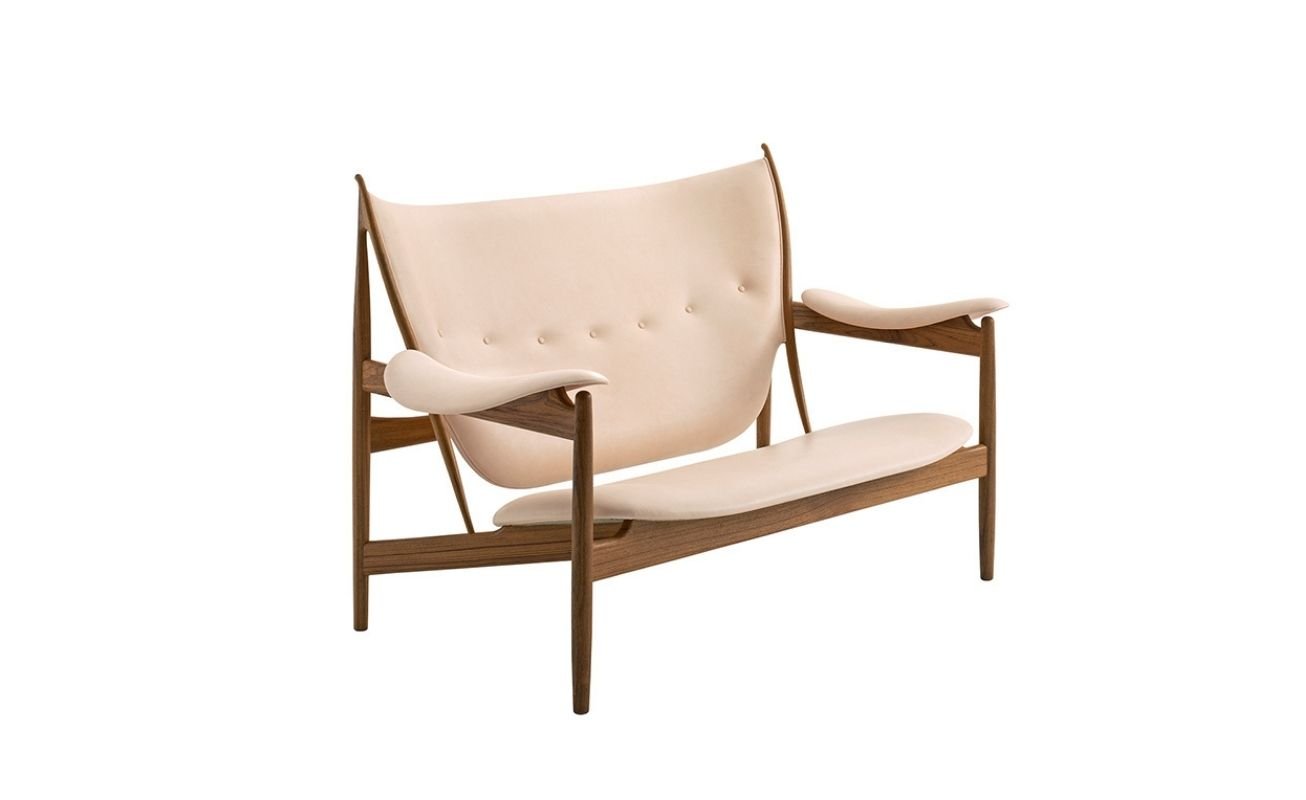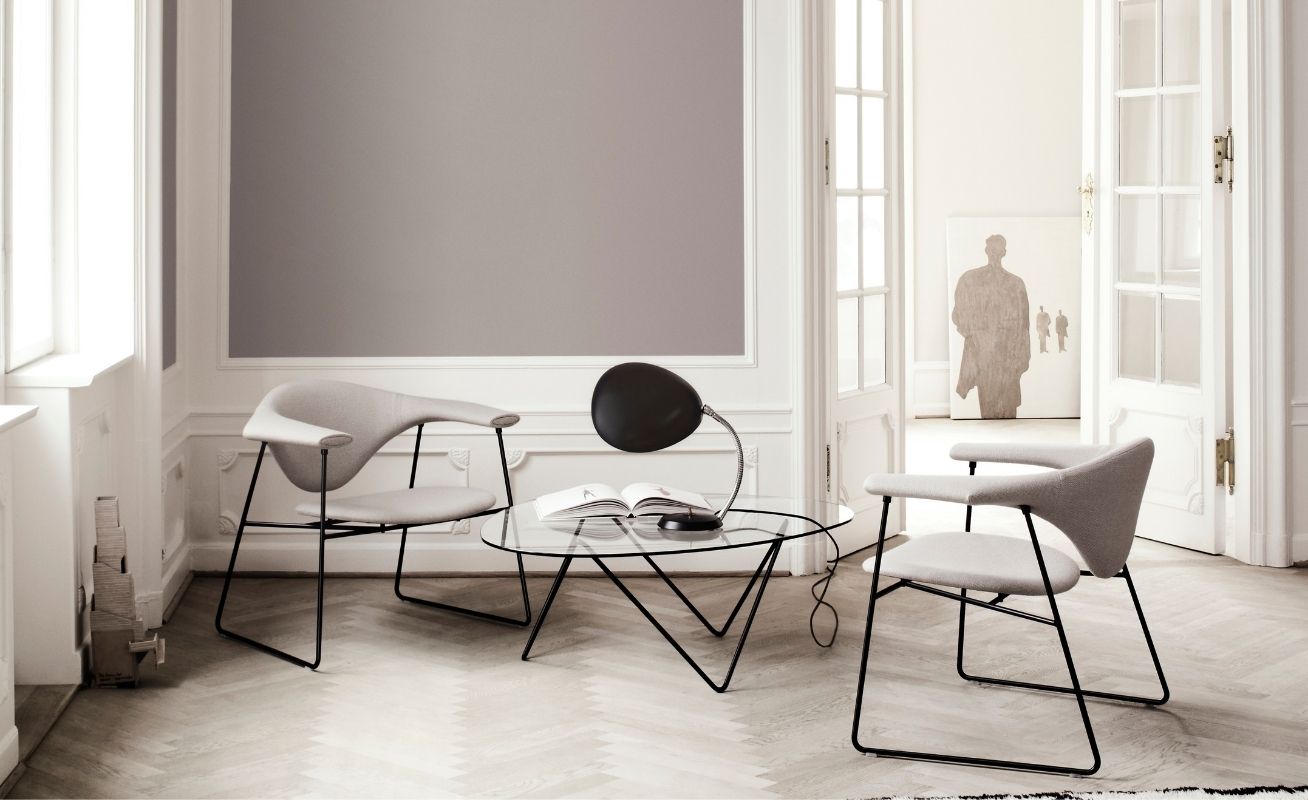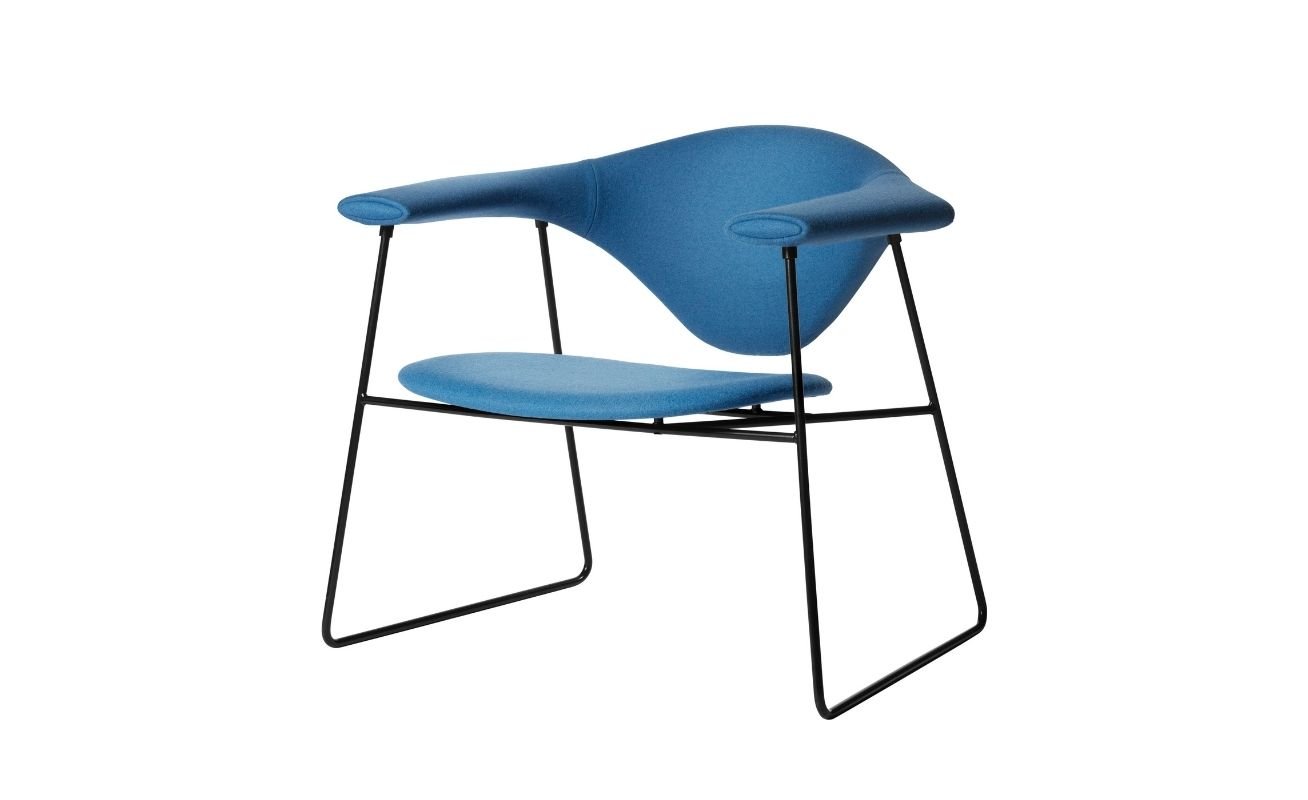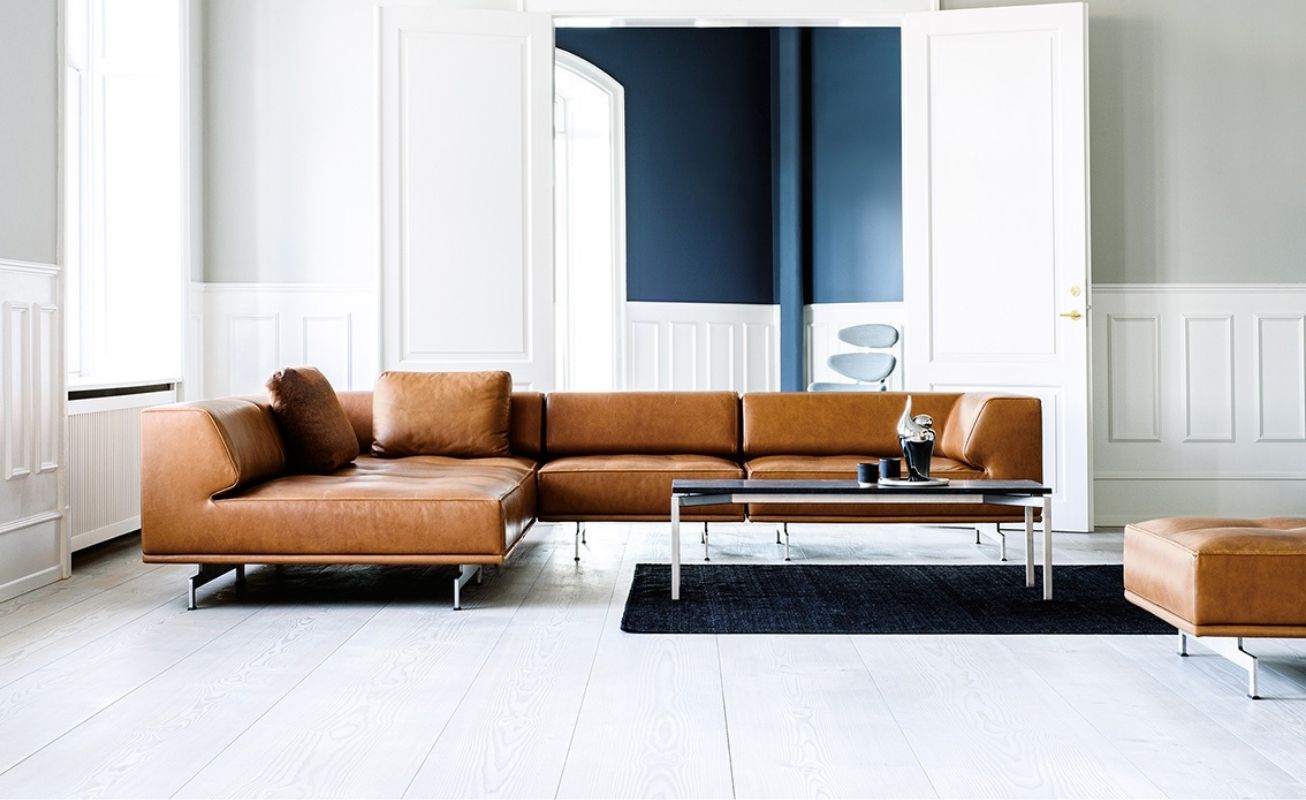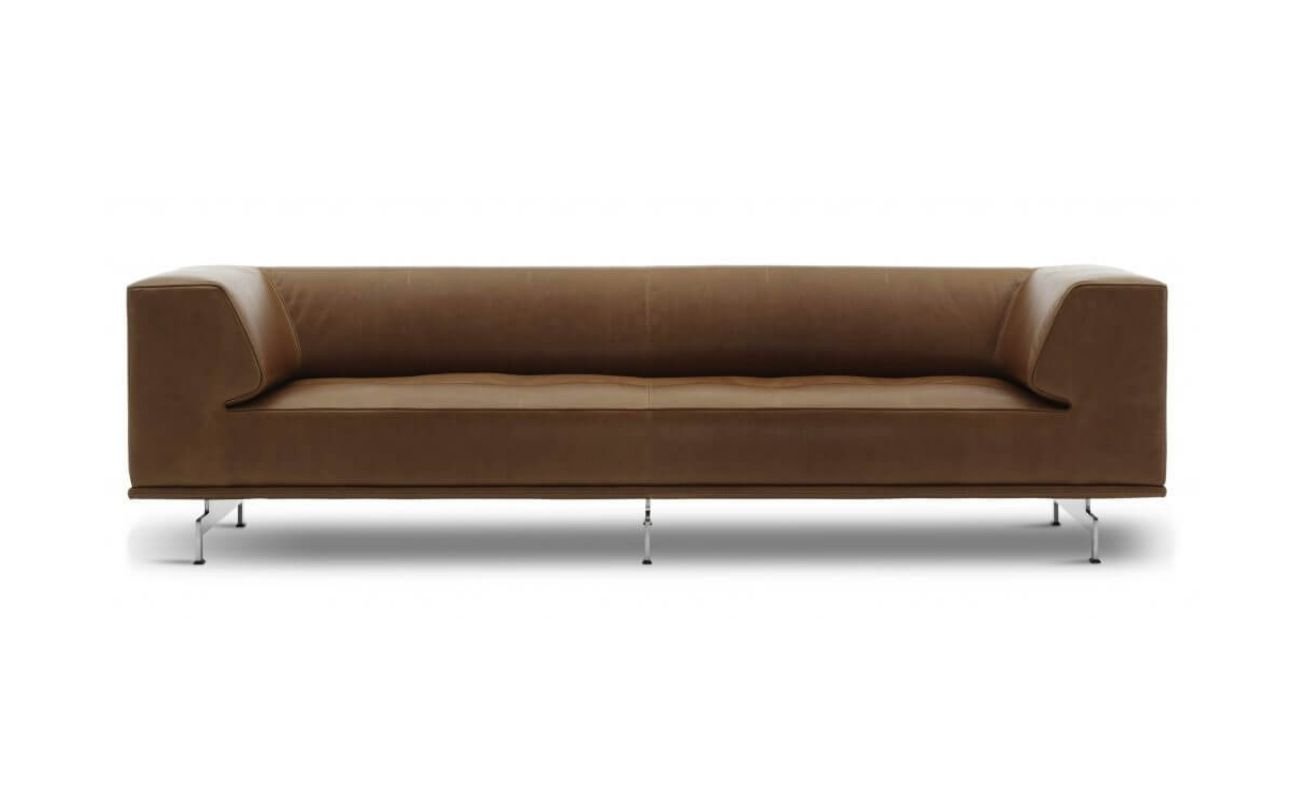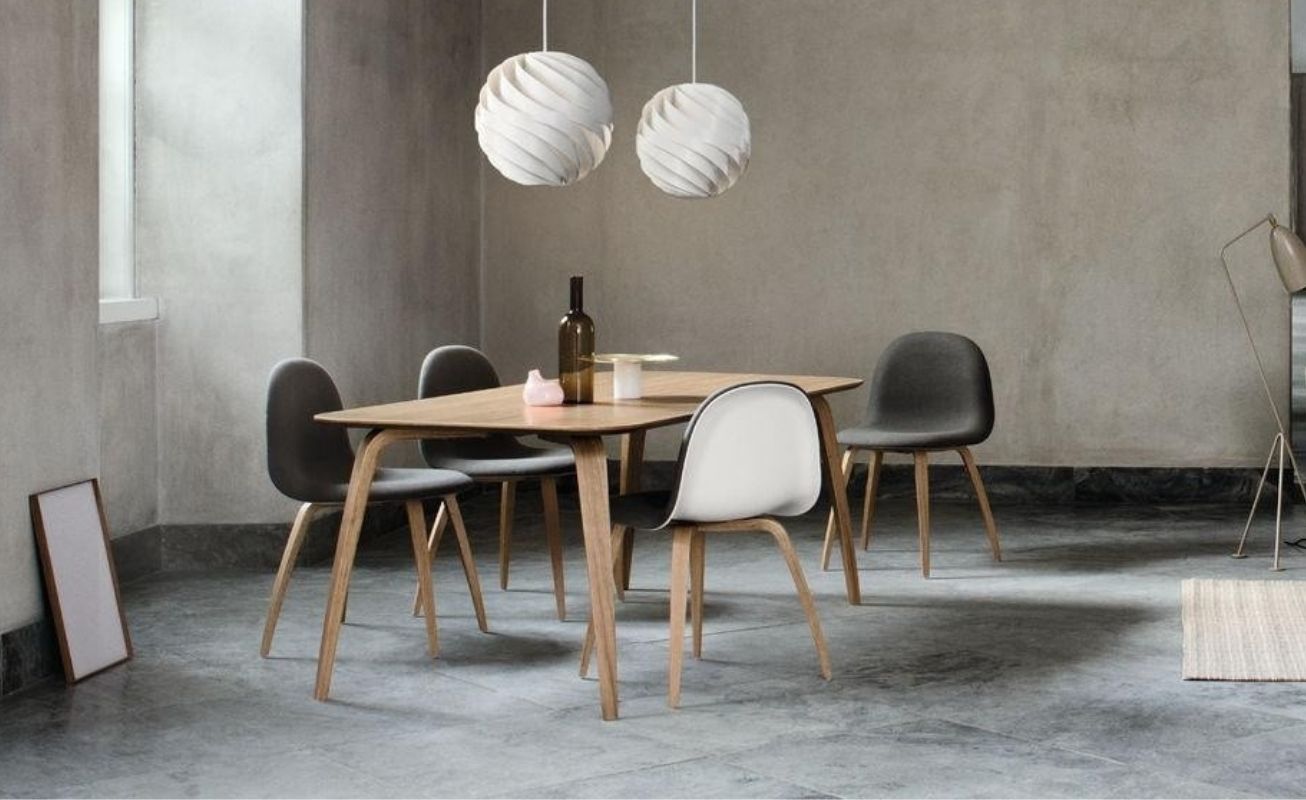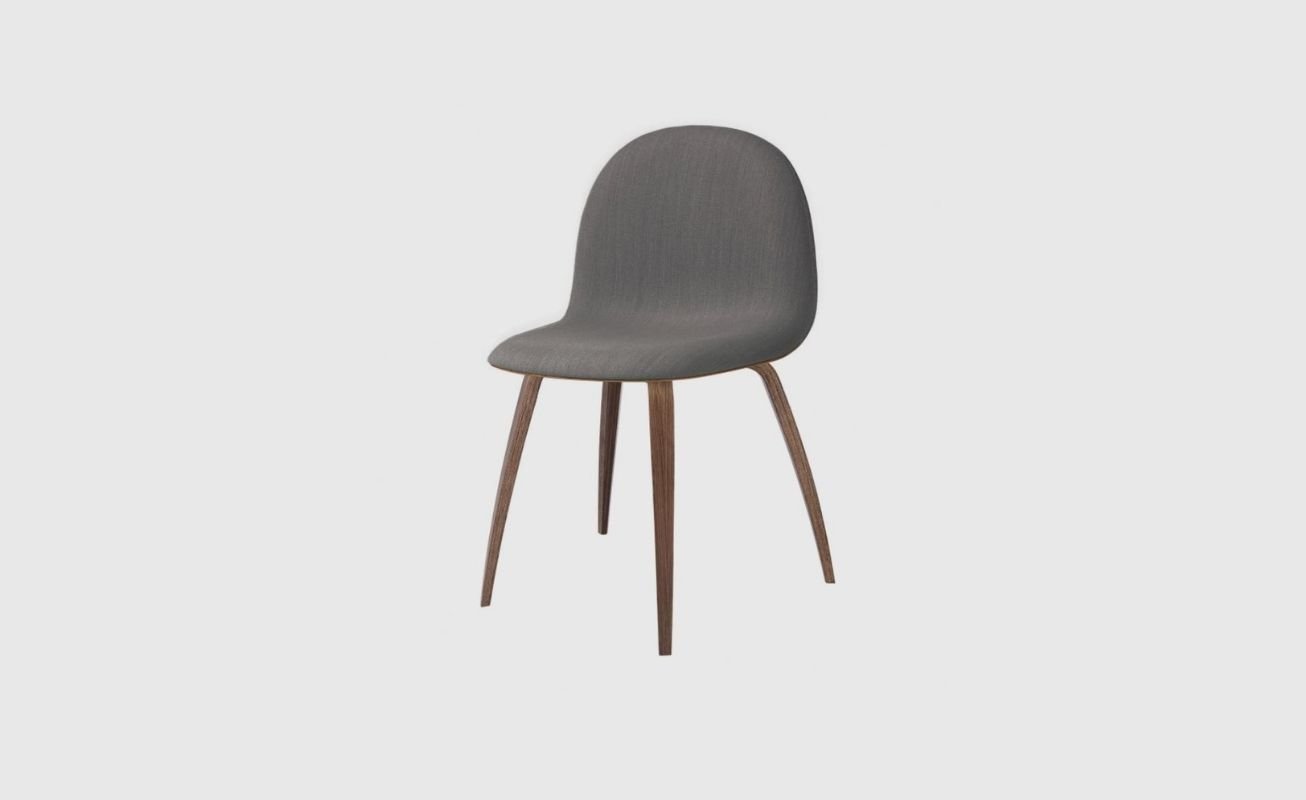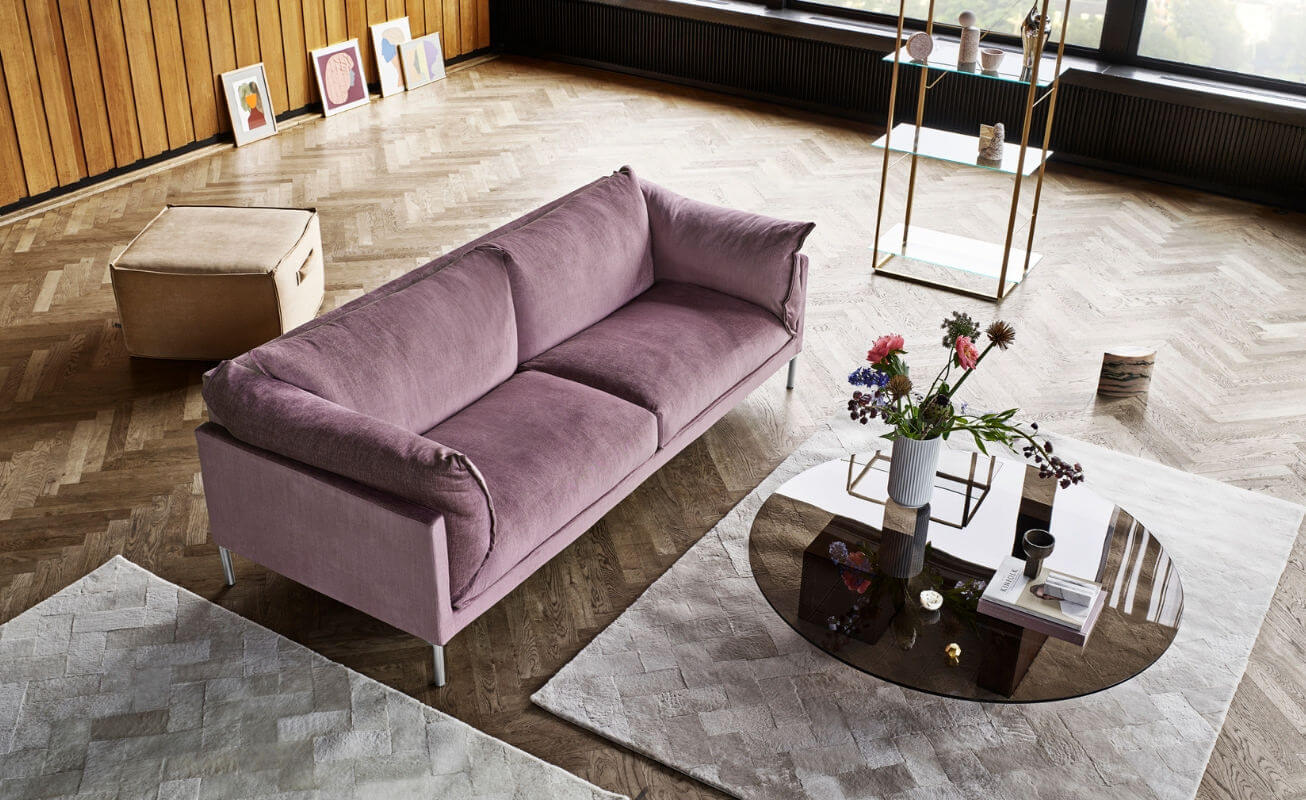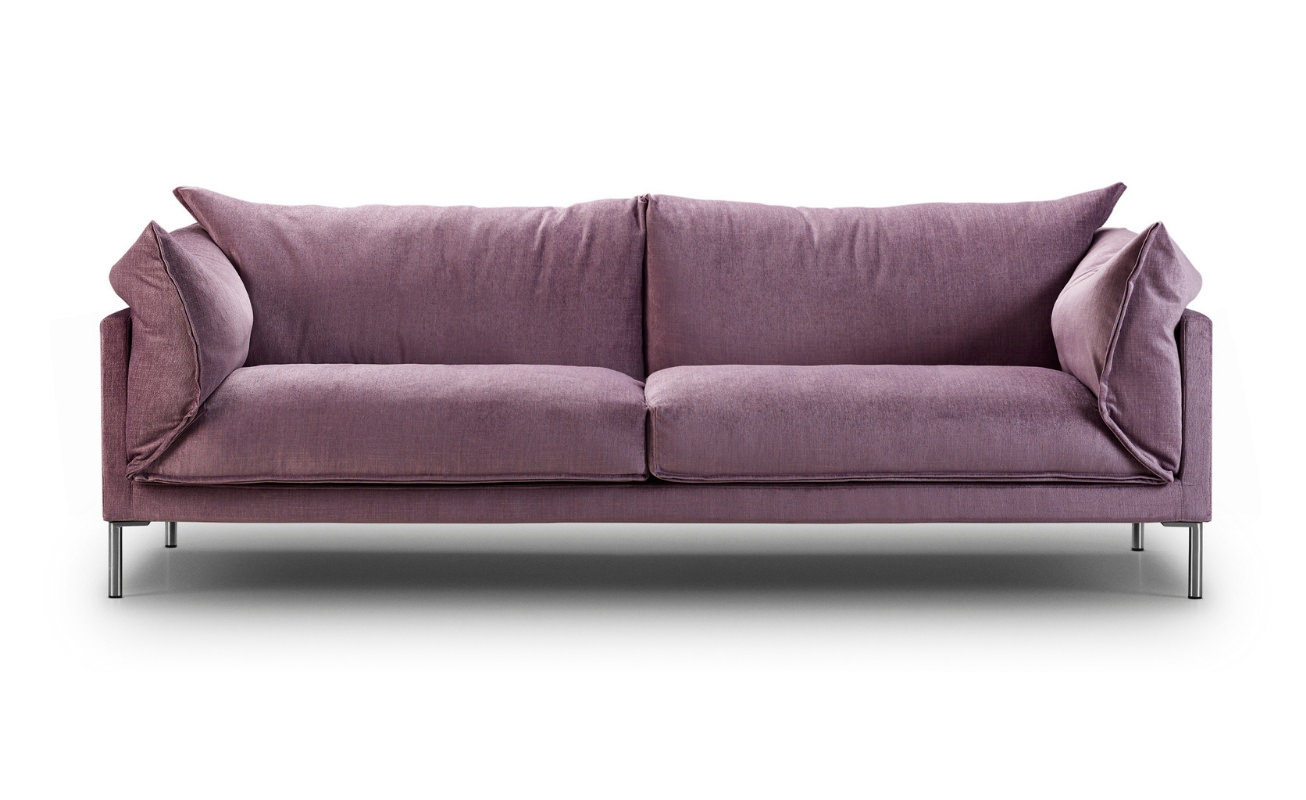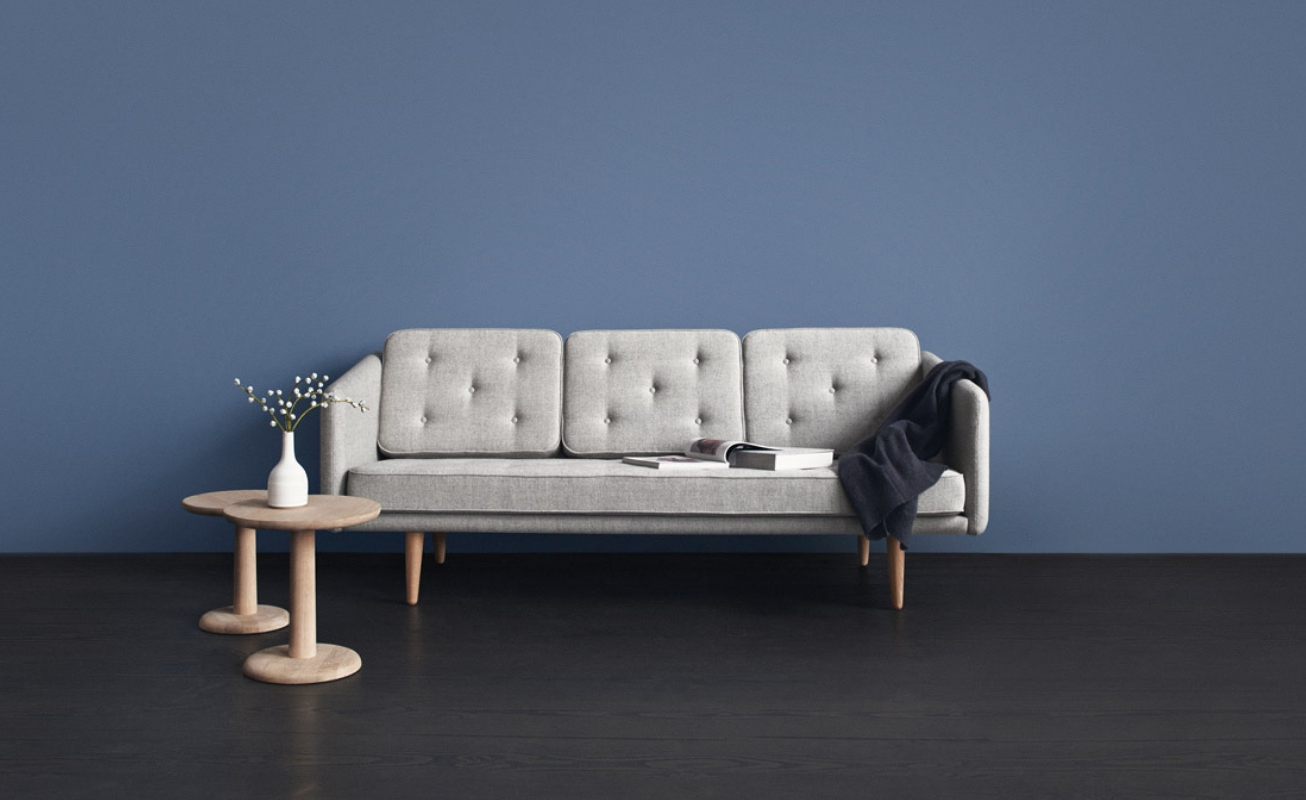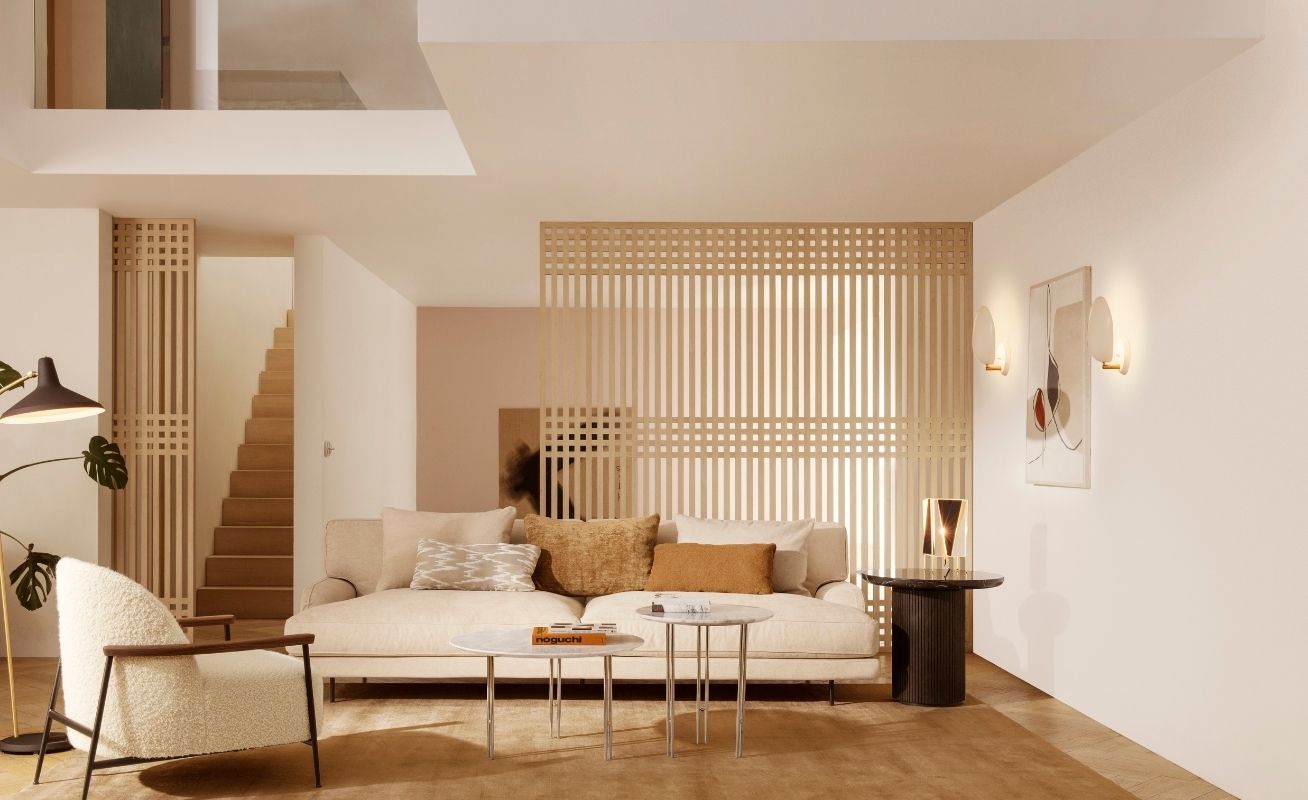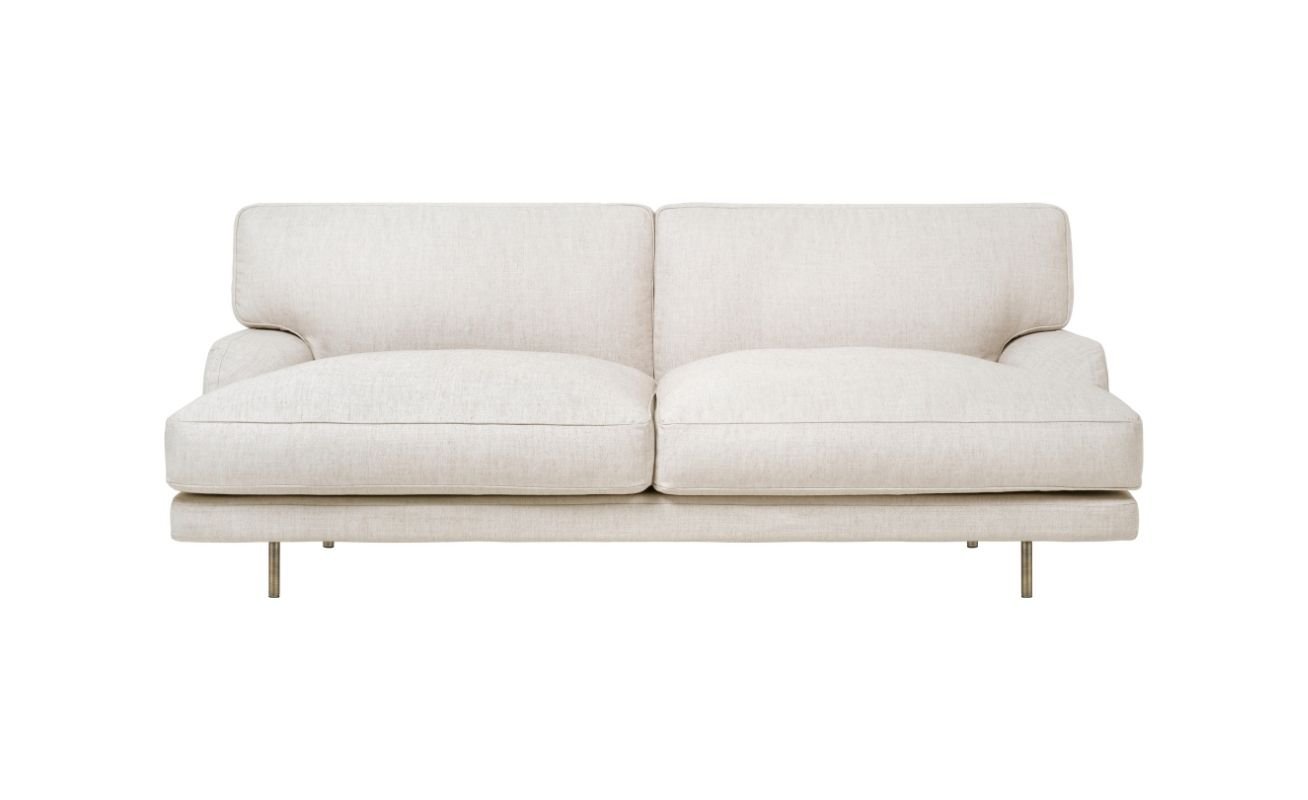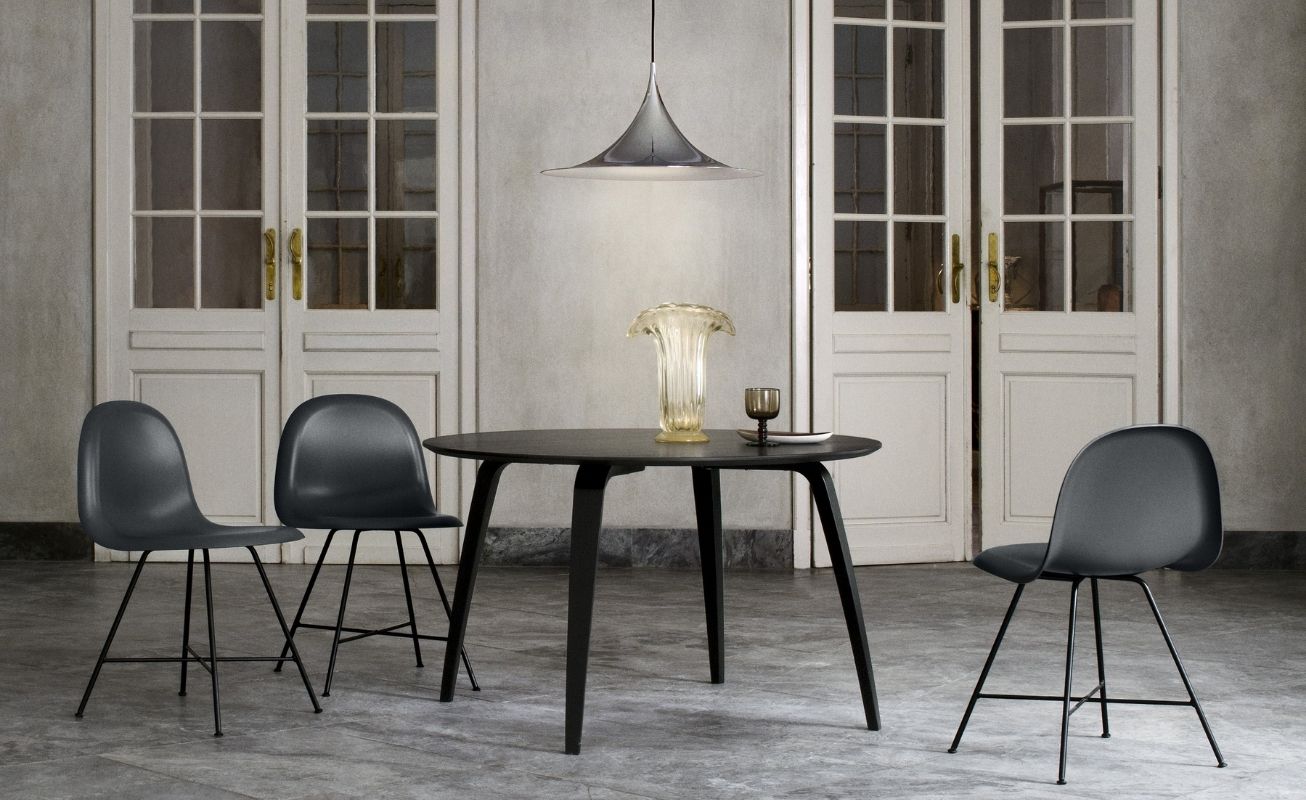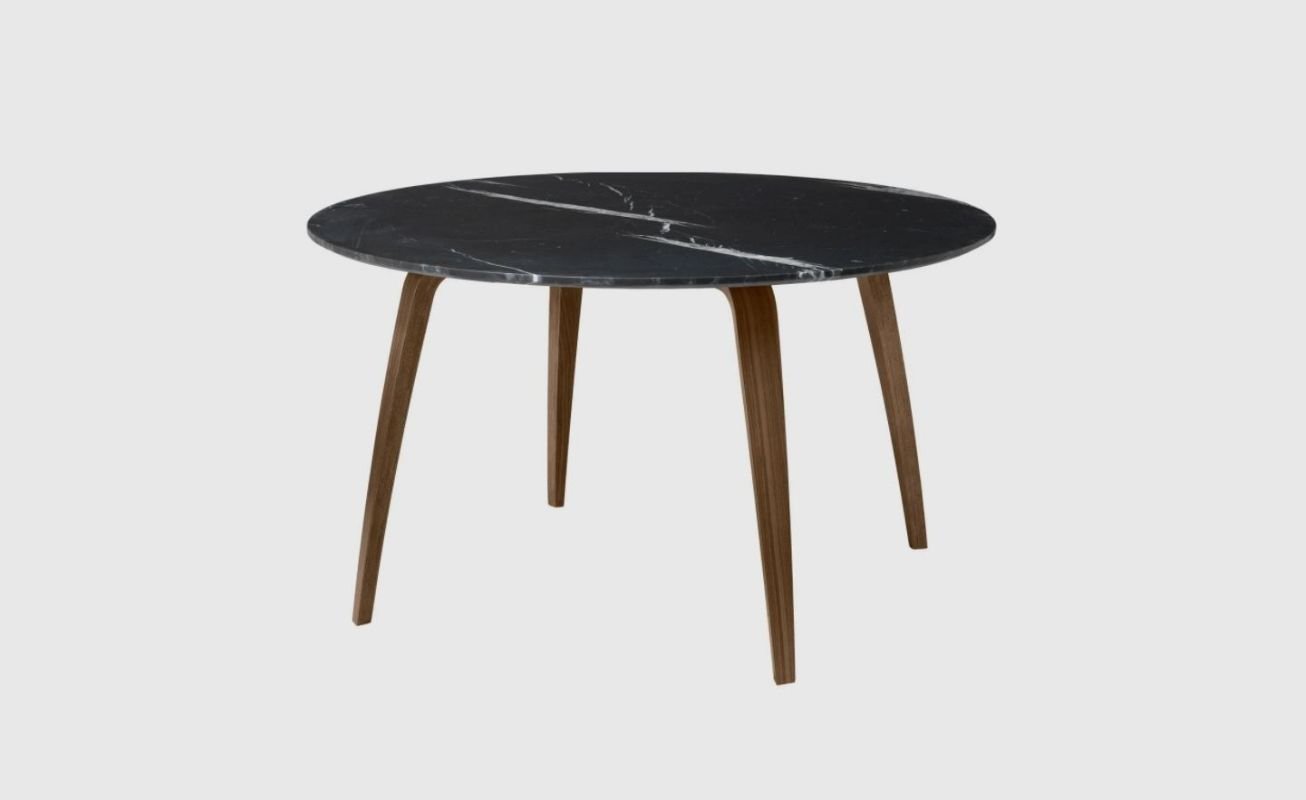Design has the power to transform our living spaces, and this is evident in the contrasting approaches of Italian and Danish design. While both are globally admired, they reflect different cultural values: Italian design celebrates beauty and form, while Danish design emphasises functionality above all.
The Italian Design Ethos: Beauty Above All
Italian design is known for its elegance, creativity, and luxurious aesthetics. It often prioritises form over function, resulting in visually striking but sometimes less practical products.
Key Characteristics of Italian Design:
Form Takes Priority: Italian design focuses on dramatic silhouettes and bold shapes. The aesthetic is theatrical, with form taking precedence over functionality. Italian furniture, for example, may not always prioritise comfort, but it never lacks in visual appeal.
Luxury and Style: Italian design exudes luxury. Brands like Cassina and Poltrona Frau are known for producing stunning furniture pieces, but sometimes comfort is secondary.
Craftsmanship: Italian products are handcrafted using highquality materials such as leather, marble, and precious woods. Every item is a work of art, showcasing impeccable craftsmanship.
Art and Design Fusion: Italian design often merges art and function, with products resembling sculptures or pieces of art. The goal is to evoke emotions and admiration.
Example: The Ferrari
A perfect representation of Italian design is the Ferrari. Its stunning form and powerful performance are its selling points, but practicality takes a backseat. This ethos also translates into Italian furniture, where the emphasis is on creating visually impressive pieces rather than functional ones for everyday use.
The Danish Design Ethos: Function Above All
Danish design, rooted in Scandinavian modernism, follows the principle of form follows function. The goal is to create beautiful products that first and foremost serve their intended purpose, with aesthetics emerging naturally from their functionality.
Key Characteristics of Danish Design:
Function Over Form: Danish design ensures that every piece is practical, durable, and comfortable. Functionality is built into every curve and angle, with aesthetics flowing from this principle. Beauty is derived from simplicity and practicality.
Simplicity and Minimalism: Danish design favours clean lines, lightness, and minimalism. The aim is to strip away unnecessary elements and focus on the essential, timeless design.
Craftsmanship and Durability: While modest in its approach, Danish design is about highquality craftsmanship. Natural materials like oak, beech, and untreated leather are preferred for their longevity. Danish furniture is made to be passed down through generations.
HumanCentric Design: Danish designers prioritise user experience. Every product, from chairs to sofas, is designed with comfort and usability in mind.
Example: The BM Sofa
The BM Sofa by Brge Mogensen exemplifies Danish designs functionfirst approach. The design is beautiful but serves primarily to provide comfort and longevity. It is built to last for years, indeed the sofa has an impressive 25 year guarantee, focusing on clean lines and functionality without unnecessary embellishments.
Comparing Italian and Danish Design
Form vs. Function: Italian design prioritises form and visual appeal, while Danish design prioritises functionality and practicality.
Materials: Italian design uses luxury materials like marble and highend leather. Danish design favours natural, durable materials like oak and wool.
Design Philosophy: Italian designs evoke emotion and are treated as art. Danish designs prioritise comfort, usability, and simplicity.
Cultural Influence: Italian design is driven by passion, luxury, and opulence. Danish design reflects Scandinavian values of simplicity, functionality, and humancentred design.
Conclusion: Beauty vs. Functionality
When choosing between Italian and Danish design, the decision often depends on personal preference whether you prioritise beauty and luxury or functionality and timeless simplicity. Italian design offers showstopping pieces that are works of art, while Danish design focuses on human centric functionality, ensuring comfort and usability for years to come.
For the discerning homeowner in Singapore, both styles offer distinct advantages. Whether its the bold aesthetics of Italian design or the timeless functionality of Danish pieces, both have their place in the global design landscape.
Gubi: Bridging the Gap
Gubi is a Danish brand that successfully bridges the gap between Italian flair and Danish practicality. Gubi brings a wow factor to Danish minimalism, adding boldness without compromising on longevity or functionality.
The Croissant Sofa: This playful yet refined piece combines organic curves reminiscent of Italian elegance with Danish functionality. It is visually impactful, yet comfortable and durable.
The MultiLite Pendant: With its sculptural, flexible design, the MultiLite Pendant echoes Italian artistry while maintaining Danish simplicity, offering both beauty and functionality.




